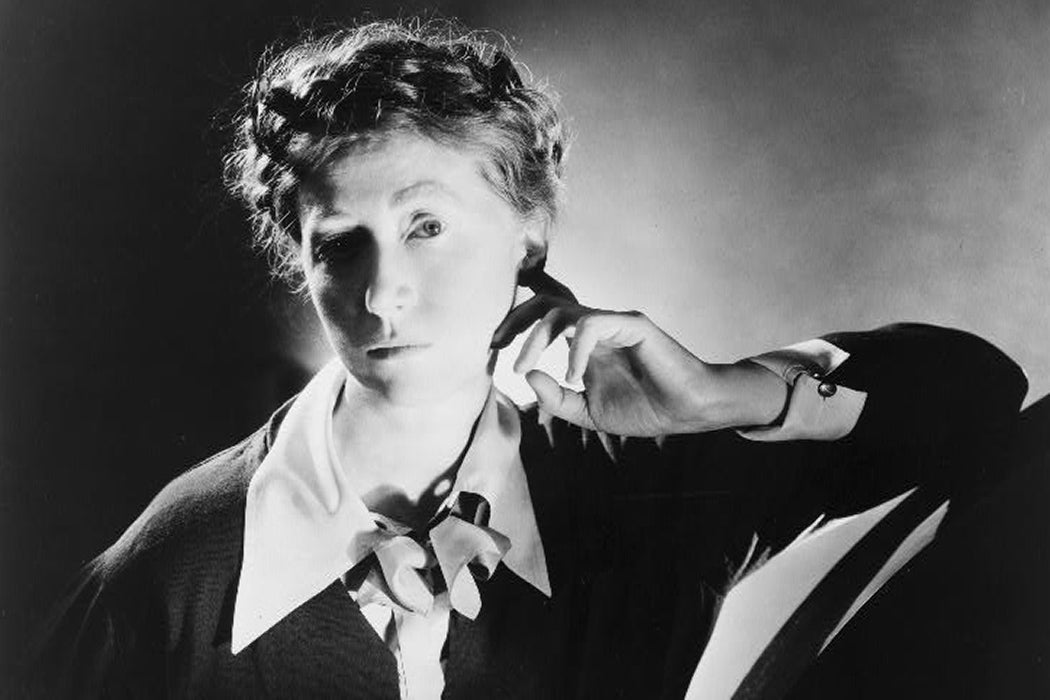Meeting an idol in person is a terrifying prospect for any young creative. The event poses two major risks: first, that the novice will fail to impress their hero; and second, that the hero will fail to live up to the novice’s soaring high expectations. Neither such outcome occurred with poets Elizabeth Bishop and Marianne Moore. They were two ambitious American writers from different generations, brought together by a shared purpose. Individualistic and yet kindred spirits, they were a perfect match, and the story of their resilient and productive friendship is a refreshing change from the countless historical occurrences of authors being pitted against one another as rivals.
The matchmaker who can claim credit for bringing them together in the spring of 1934 was the librarian at Vassar College, Fanny Borden—yes, she actually was related to that Borden—an acquaintance of Moore’s. Bishop, a senior at Vassar, was a painfully introverted, insecure, and talented but stagnant young poet. Borden recognized that Moore was just the right person to give Bishop a push in the right direction. Moore was already widely published and recognized, having secured slots in the highly lauded journals The Egotist and Poetry. She also had the credentials to offer valuable insights into the world of editors, marketing, and competition, having done a long stretch as editor of The Dial.
However, as poet and scholar Susan Schultz comments on the Moore-Bishop dynamic, this was Borden’s only successful match for Moore. According to Schultz,
The Vassar librarian…had known Marianne Moore for many years, and occasionally arranged for her to meet promising Vassar students. Most of these meetings had gone awry, but that between Bishop and Moore would not. They met on a bench in front of the New York Public Library and, as Bishop wrote in her memoir of Moore, “It seems to me that Marianne talked to me steadily for the next 35 years.”
So how does a modernist poet like Moore go about being modern? Through modern methods: shunning overdone romance themes and trying everything else. Having, like Bishop, dismissed the prospect of marriage and children from an early age, Moore threw herself into her interests for artistic inspiration and insisted that Bishop try drawing from this same well. And so they went to the circus together, an activity Moore adored as much as baseball and tango dancing. Amazingly enough, Schultz observes, it was Bishop’s idea that they should go together. From Moore, she seemed to have adopted some boldness. After their initial meeting,
the ordinarily shy college student invited the older poet to go with her to the circus. The invitation was a propitious one, since Moore went to the circus every year, for pleasure and, no doubt, to do research on her favorite subjects.
While most spectators at the circus threw away their popcorn bags and peanut shells, Bishop and Moore picked up material. Apparently, while there, the two worked as a team to feed the animals and collect elephant hair to make into a bracelet. Poetry or jewelry, it was all art to them. Both women made use of this eccentric topic in their writing careers.
Weekly Newsletter
This is just one of the many episodes in the history of feminism where female support and female cooperation proved fruitful. It’s not a new concept invented by the makers of Barbie.







